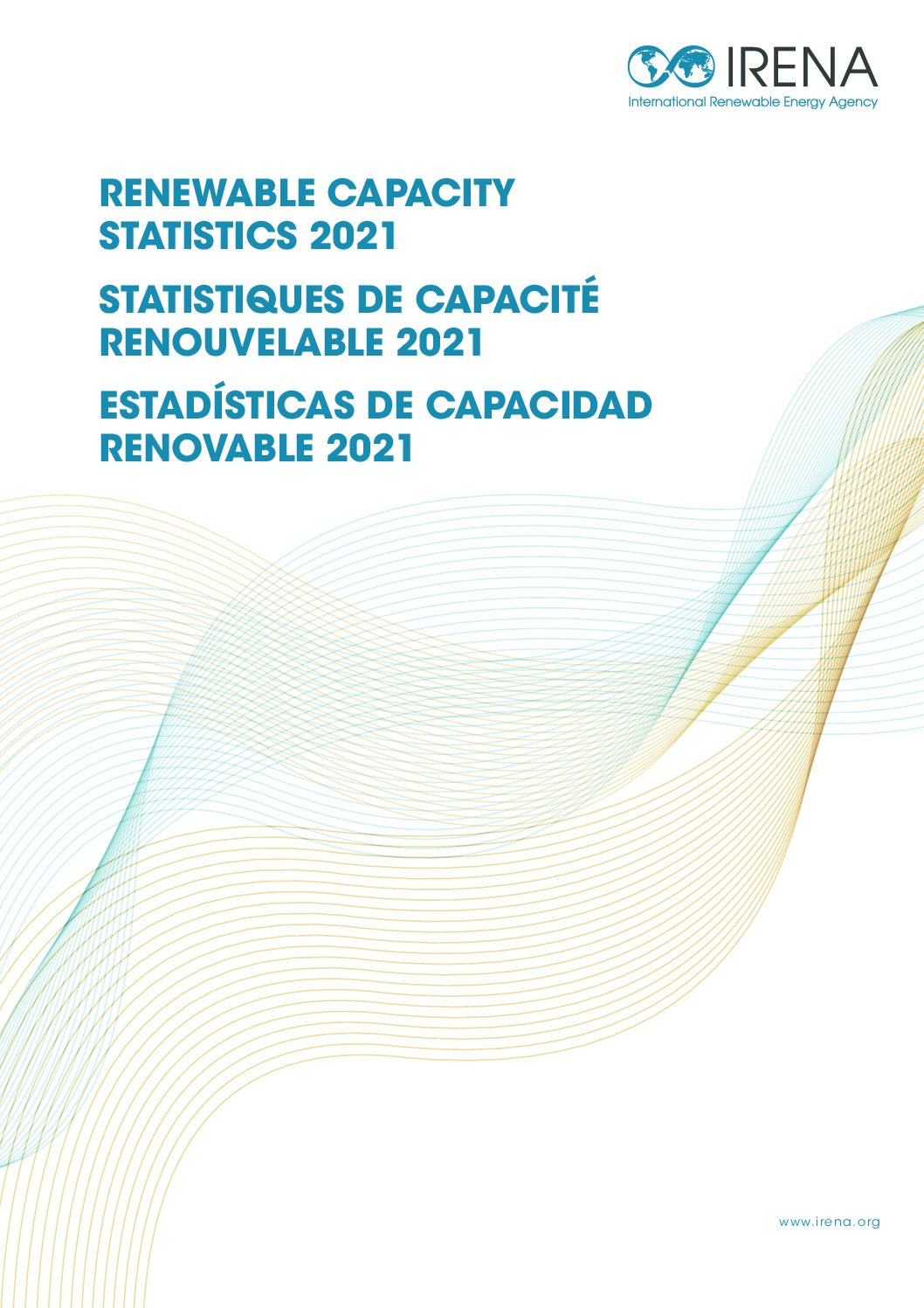
We have entered the decade of renewables.
Global renewable energy capacity additions in 2020 reflect unprecedented momentum for the energy transition. Despite the COVID-19 induced economic slowdown, the world added more than 260 gigawatts (GW) of renewables last year, exceeding expansion in 2019 by close to 50 per cent.
Furthermore, around 80 per cent of all new electricity capacity was renewable, showing that it is increasingly the preferred source of new power generation globally. Solar and wind in particular have shown remarkable growth, with 127 GW and 111 GW of new installations last year, respectively. Together, they now make up more than 50 per cent of total installed renewables capacity.
This latest edition of Renewable Capacity Statistics comes as we grapple with the most effective way to rebuild our economies while pursuing the medium and long-term goals of the SDGs and the Paris Agreement. Energy is the cornerstone of this future, and while the direction of travel is clear a much faster energy transition is required. As outlined in the World Energy Transitions Outlook preview, renewable energy deployment levels should accelerate to align the energy system with a 1.5° Paris compliant future.
The case for an accelerated transition is increasingly attractive. Costs are falling, clean tech markets are growing and never before have the benefits of the energy transition been so clear. Amid the challenges and uncertainty of 2020, these numbers tell a remarkble story of resilience and hope for a better, more equitable, clean and just future.
In this critical decade of action, the international community must look to the momentum reflected in this report as a source of inspiration to go further.
